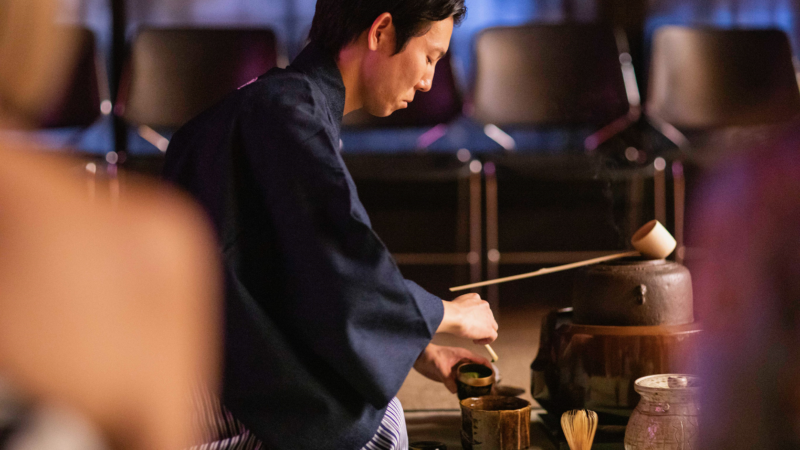Deborah Klens-Bigman, Ph.D. ◆ December 28, 2015

A common way of looking at the idea of balance is the in-yo (or yin-yang) symbol. It looks like this: ☯. A circle: one part black, equal part white, and if you look closely, you can see a white dot on the black side, and a black dot on the white side. The whole is made up of the sum of its parts; and, if you take a spiritual point of view, the whole actually is greater than the sum of its parts. Yin and yang are always in contention, always shifting. In Taoism, one side defines the other, and the two qualities are always in flux. Ideally, people should contain a balance of both sides; seeking and trying to maintain that balance is presumably what we are all seeking (or should be seeking).
Any number of practices have developed to try to help. Taiji is one example. Regardless of spiritual orientation (or lack thereof), the movements of the Yang style short form, for example, encourage balance and mindful concentration. Practicing increases flexibility and lowers blood pressure. I’m not a medical doctor, but it seems the idea is to create a physical and mental balance. According to my old taiji teacher, it should also change your attitude toward things (I don’t know, as alas, I was not able to continue to practice).
In Muso Shinden Ryu iaido, we have a kata named “In Yo Shin Tai” (陰陽進退). The reading is something like “In-yo-advance-retreat,” which is not a bad (if abstract) description of what happens in the kata. Essentially there are two enemies whom you must dispatch. In order to take care of the second one, you step back while drawing the sword towards him. In-yo, in a sense.
While In Yo Shin Tai is the most obvious example of use of the concept, many stylistic elements of MSR use in-yo – drawing and sheathing the sword, for example. More subtly, the push-pull of the right and left hands when cutting is also an example of in-yo at work.
Unfortunately, with our contemporary (dare I say Western?), binary way of thinking, we have no good concept of in-yo, or of balance generally. We naturally consider good to be better than evil, but we cannot have good without evil. Binary oppositions define each other, but we think to be all good is not only possible but desirable; however, we run into the paradox all of the time (that is, whenever someone defines another person as “evil,” evidence emerges of something that mitigates the evil quality, even as it does not excuse it), and we have trouble wrapping our brains around it.
This is not orthodox, but lately, instead of thinking of in-yo as a binary, I have been thinking of it as more of a suspension. If you put cream into a cup of coffee without stirring it, eventually, the cream will be evenly distributed in the coffee. As your high school science teacher probably told you, you have created a suspension – two ingredients evenly distributed that still retain their individual characteristics (e.g., you can taste both the cream and the coffee). It’s not exactly Daoist, but in some ways it defines how I look at my budo practice versus the rest of my life. Mixing the ingredients instead of separating them. Distinct aspects, but not easily separable.




